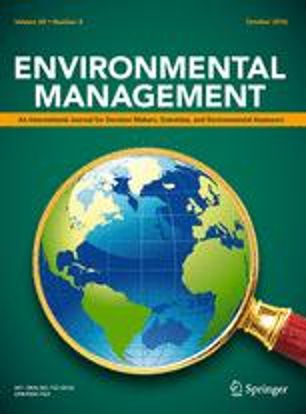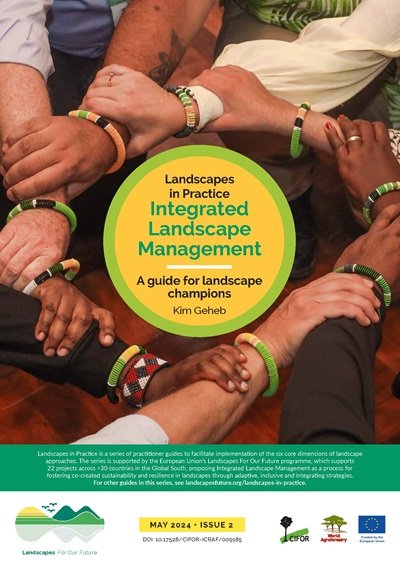The importance of forest resources for rural communities' livelihoods has increasingly been recognized over the last three decades. Forests provide food, generate incomes, provide supporting (nutrient cycling, pollination), and regulating (climate, diseases, water regulation and purification) services for agriculture, in addition to their aesthetic, cultural and spiritual role. However, most of the studies on forest resource use do not focus on the role of landscape organization in addressing the impact of climate variability and the risk of food insecurity. This study aims to examine the contribution of woodlands and trees towards decreasing the risk of food insecurity and the importance of landscape structure and composition in coping with food shortages. It took place in two villages in Burkina Faso, on both ends of the woodlands and tree-cover spectrum. We demonstrate that in both landscapes, ecosystem goods, such as shea nuts and fuelwood, represent a safety net for households during food shortage periods. We demonstrate that households shape their adaptive strategies differently depending on the resources available and the structure of the landscape. People living in a landscape with a savannah matrix (Sorobouly) rely on fuelwood trade to purchase cereals, while those living in a landscape with a parkland matrix (Kalembouly) rely on shea nuts. Agricultural, environmental and climate change policies that reinforce the rights of the most vulnerable to access key resources provided by these landscapes and development programs which assure their sustainable use will simultaneously enhance food security and increase their adaptive capacity in the face of climate change and variability.
Download:
DOI:
https://doi.org/10.1007/s10113-016-0945-z
Altmetric score:
Dimensions Citation Count:

























